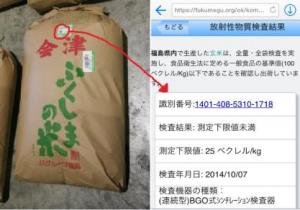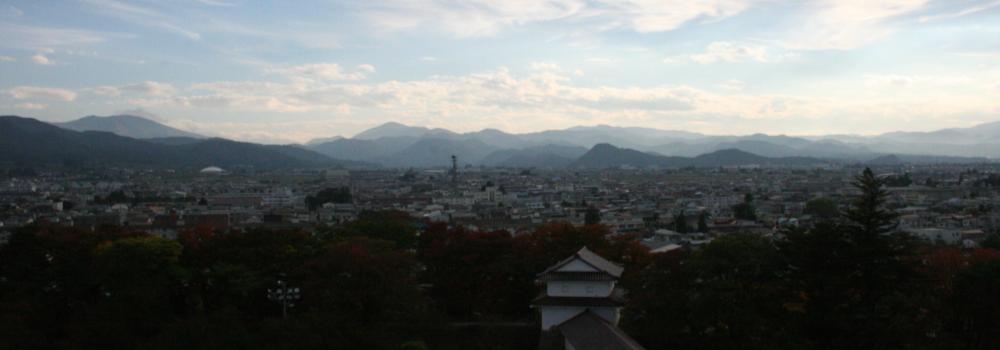I think it’s not uncommon when speaking to Fukushima JETs to hear of the trepidation they felt when they heard about their placement. This is doubtless in part to do with the foreign media coverage of the disaster which depicted a nuclear wasteland back in 2011. Despite knowing that the media was likely to swing to sensationalist side I can’t say I didn’t look for signs of damage when I arrived despite it being three years on, but every day since arriving little by little I have (gladly) been proven wrong. This is why I wanted to participate in the JET study tour. I want to help, in whatever small way that I can, to show people that there are great misconceptions regarding Fukushima prefecture. We were lucky that this is a beautiful time to be visiting, as the leaves are changing in autumn. Aizu especially is known for its beautiful foliage so we were doubly lucky! First stop was to see how the radiation levels of rice are checked in Inawashiro. I loved the fact you could read a QR code on your bag of rice and find out that bags specific information. The whole procedure has the peace of mind of the customer at its heart and is gradually building up confidence in the safety of rice from Fukushima. I was touched by the workers dedication to not only insuring the safety of their product but also reassuring people about safety. This is how I felt about all the places we visited over the weekend. I learnt that although the Aizu region was largely unaffected by the disaster and resulting accident, it has suffered great loss of industry due to the decline in visitors. People are simply afraid of the name Fukushima. It was pointed out to me that had the nuclear power plant been called Futaba Power Plant (after the district in which it is situated) Fukushima prefecture could have avoided the majority of its bad press. Just the simple fact that the plant was called Fukushima has made the whole prefecture, which is the size of Northern Ireland, synonymous with the accident. This is a crying shame. There is so much beauty here. I felt this especially when we went to Enzoji temple with the afternoon sun coming through the autumn leaves. It was tranquil and beautiful and I hope that visitor levels will continue to return to pre-disaster levels. It is, after all, almost 140km from the accident. Fukushima prefecture may forever be associated with Fukushima Daiichi but it is important that people know the difference. Fukushima has so much to offer and I hope I can help convince people to come and see for themselves and discover what an extraordinary place it really is. |
| Summary |









